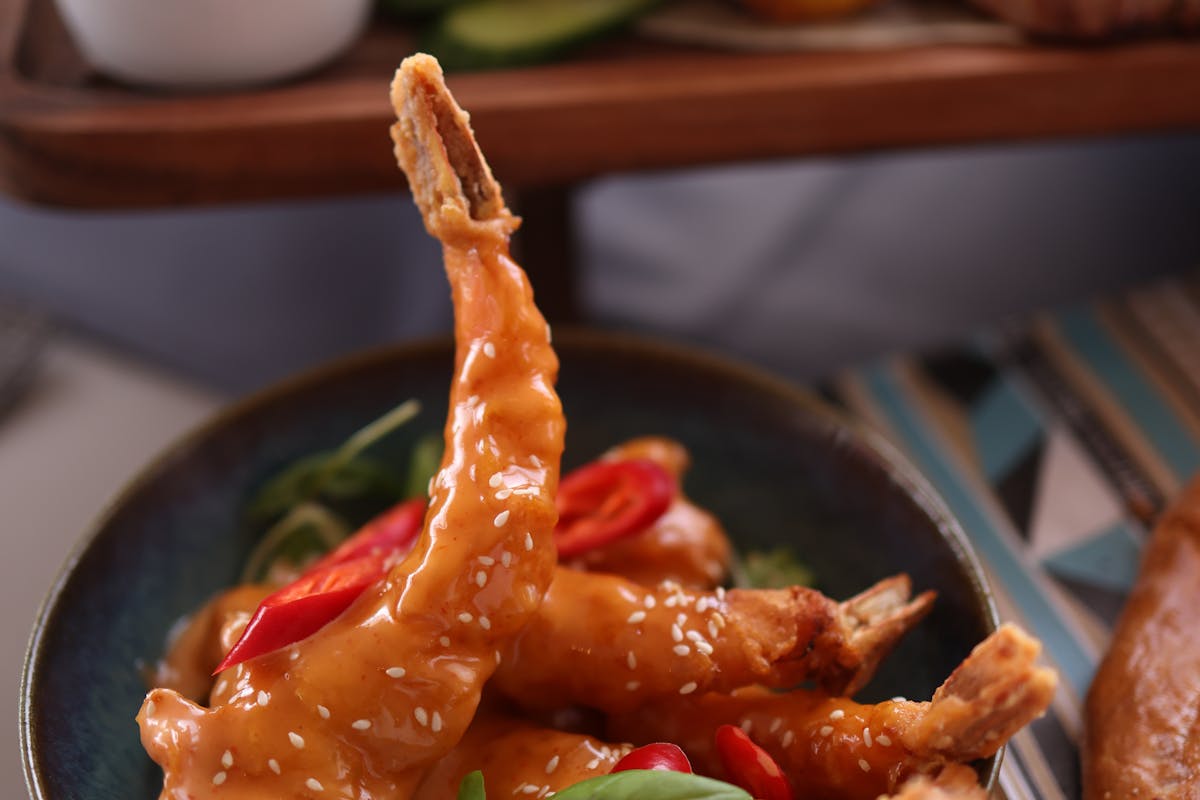11 Tips For Finding Authentic Ethnic Eats In Midwestern Cities
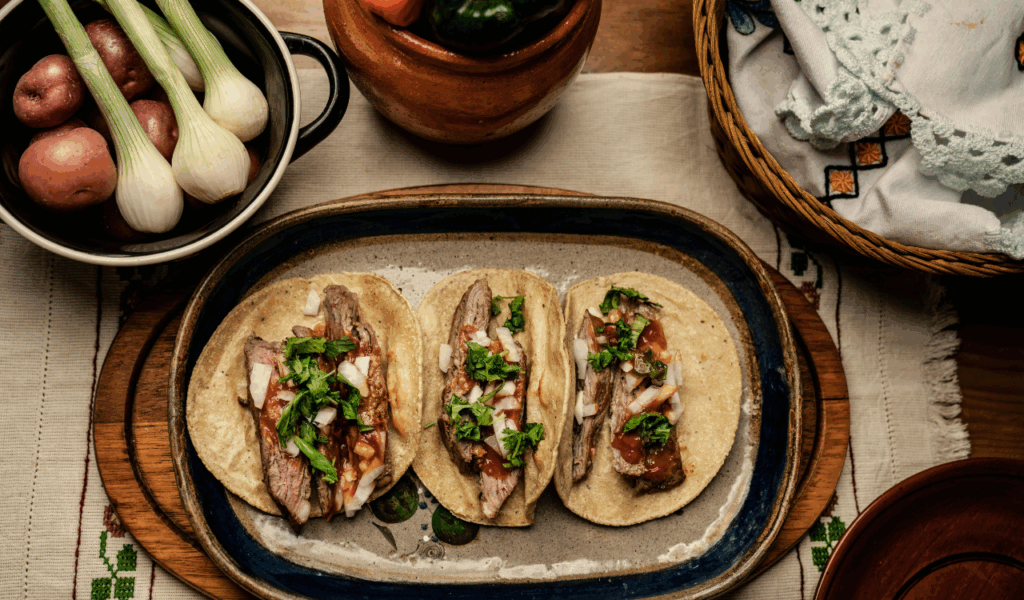
Despite its reputation for comfort food and casseroles, the Midwest is becoming more diverse, so if you know where to look, you can find some amazing ethnic cuisine. Authenticity is no longer limited to the coasts, whether you’re in the mood for Ethiopian injera, Thai curry, or a bowl of authentic pho. To find the true gems, you only need a few tactics. Here’s how to find the tastiest, most genuine food in Midwestern cities, from family-run restaurants to hidden-market counters.
1. Look Beyond the Trendy Neighborhoods

Even though downtown and food hotspots are frequently crowded with eateries, the most authentic meals aren’t always found there. Ethnic food chains that cater more to mass consumption than cultural authenticity frequently appear in trend-driven areas. Investigate less visited areas instead, as these are where immigrant communities truly reside. Family-run eateries in these neighbourhoods frequently serve authentic, traditional food that hasn’t been diluted for the general public.
2. Visit Local Ethnic Grocery Stores
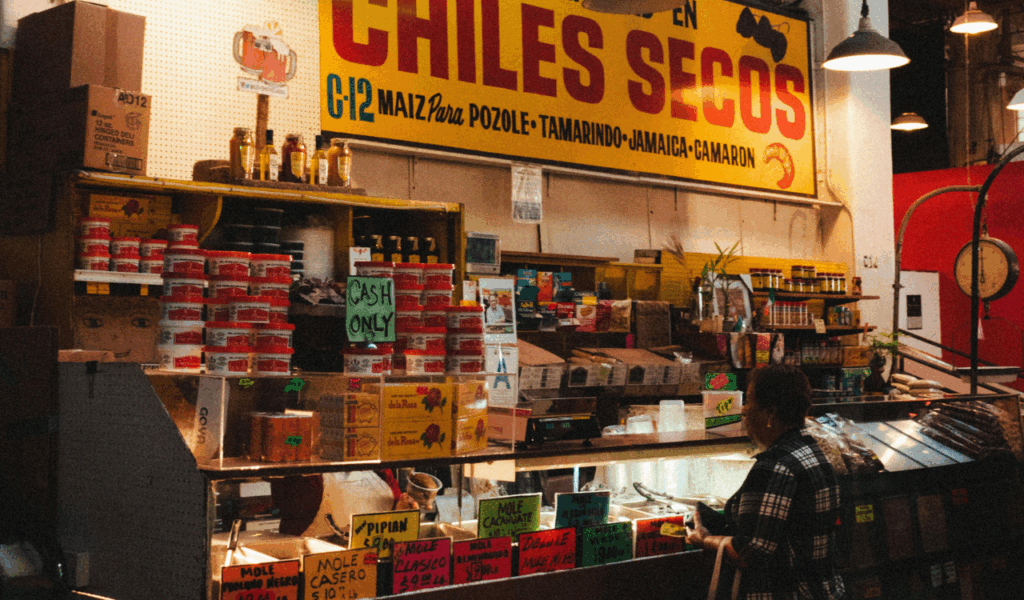
Authentic foods can be found in ethnic grocery stores. Many have deli counters or in-store kitchens that serve freshly prepared food to the neighbourhood. Homemade tamales, biryani, or dumplings made by people who have been making them for generations are not unusual. Staff members can frequently direct you to local establishments where their ingredients are being prepared into delectable meals, even if they don’t serve meals.
3. Ask Local Immigrant Communities for Recommendations
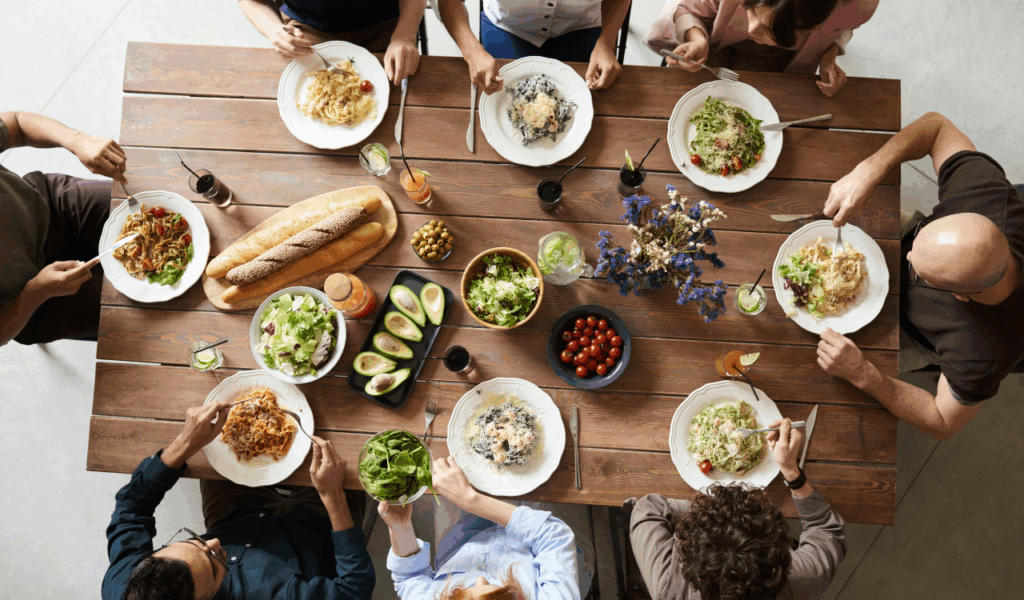
When looking for real food, word-of-mouth is invaluable. When someone is missing home, don’t be afraid to ask them where they eat if you have any connections to immigrant communities through work, school, or social groups. They frequently point you in the direction of obscure locations that aren’t well-publicized or reviewed online. These are the locations where food is prepared for locals—by locals—and where recipes haven’t been altered. The spice levels are also authentic.
4. Follow International Students or Expats Online

International students and expats who know where to find home-style food are common in midwestern college towns. Look through campus forums, Instagram food accounts, or local Reddit threads. Students frequently post pictures and reviews of the greatest international restaurants in the area or share their favourite foods from “back home.” Since authenticity is usually at the heart of their preferences, it’s worthwhile to check out their favourite spots.
5. Check Menus for Language and Specific Dishes

Authenticity is demonstrated when a menu features regional dishes or traditional language items without Westernised names. You’re probably in good hands if a Vietnamese restaurant serves “bún bò Huế” or a Mexican restaurant lists “tacos al pastor” rather than just “chicken tacos.” Steer clear of establishments that cater to Americanized expectations with an excessively generic selection. Bold flavours and traditional terminology are frequently used in authentic restaurants.
6. Skip the Flashy Decor and Go Modest
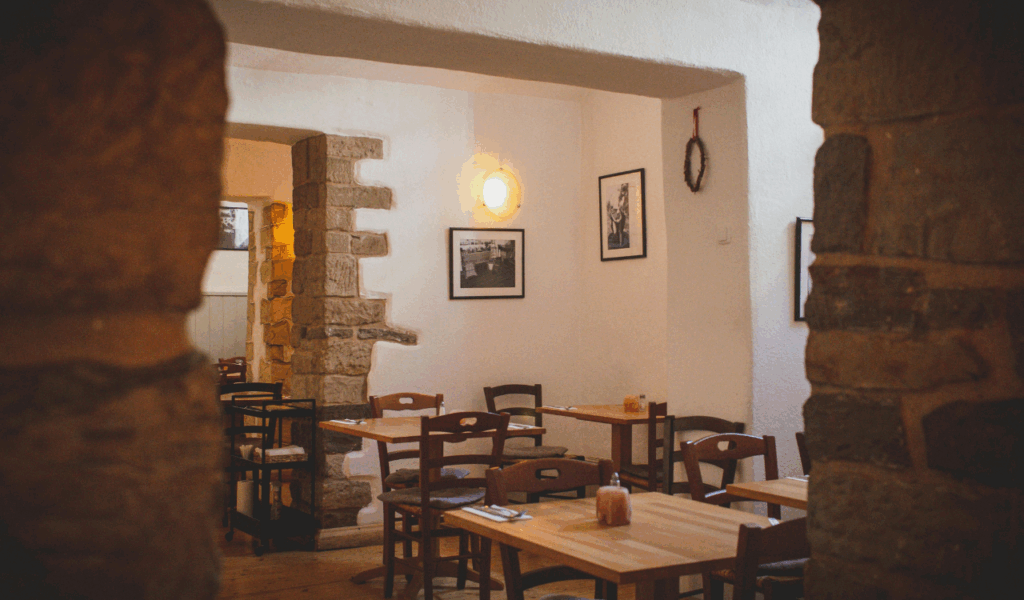
Some of the best ethnic cuisine can be found at restaurants that prioritise the cuisine over upscale décor. That does not imply filthy or dilapidated, but grandma’s recipes frequently shine in a modest dining area or takeaway counter. Instead of focussing on flashy lighting or elaborate plating, authentic restaurants typically invest in ingredients and technique. Thus, if a place has a simple appearance but a wonderful aroma, you’re probably in for a tasty, authentic experience.
7. Check for Ethnic Food Festivals or Pop-Ups
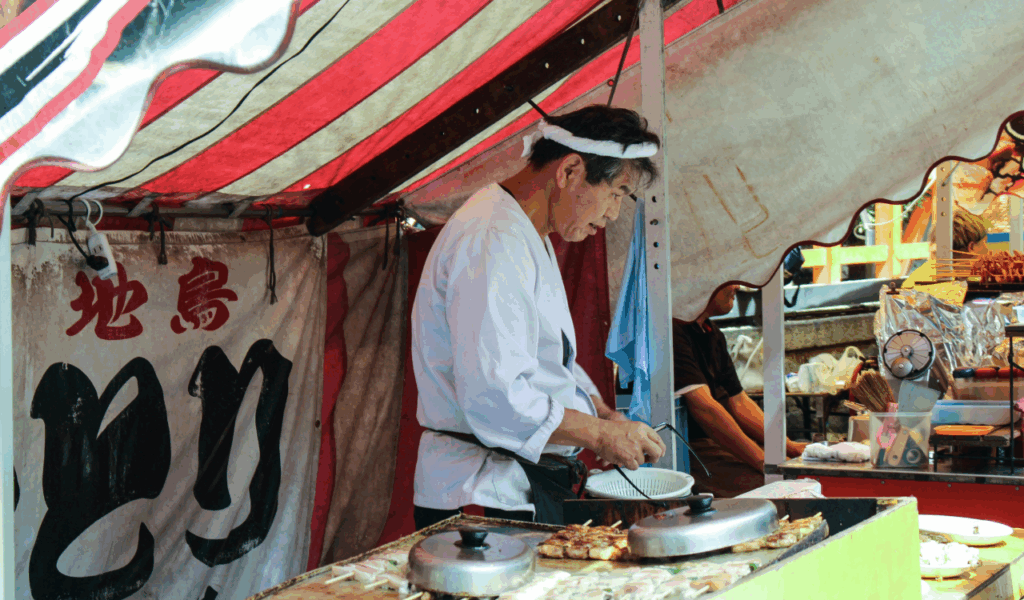
Traditional cuisine is showcased by chefs, families, and community groups at cultural food festivals or seasonal pop-ups in many Midwestern cities. These gatherings can introduce you to new flavours and vendors that you might not otherwise encounter, and they are frequently steeped in the local immigrant culture. It’s also a great way to sample a variety of dishes in one location. If you like something, ask where you can get it outside of the festival.
8. Read Reviews with a Critical Eye

Although you’ll need to read between the lines, online reviews can be helpful. Seek feedback from individuals who are knowledgeable about the food, not just those who assign ratings based on portion sizes or spice levels. Instead of “great for picky eaters,” phrases like “just like my mum makes” or “exactly like it is back home” are more indicative of authenticity. Positive reviews that highlight how “non-spicy” or “Americanized” something is should be avoided since they might not accurately represent the experience.
9. Don’t Be Afraid of Small Menus
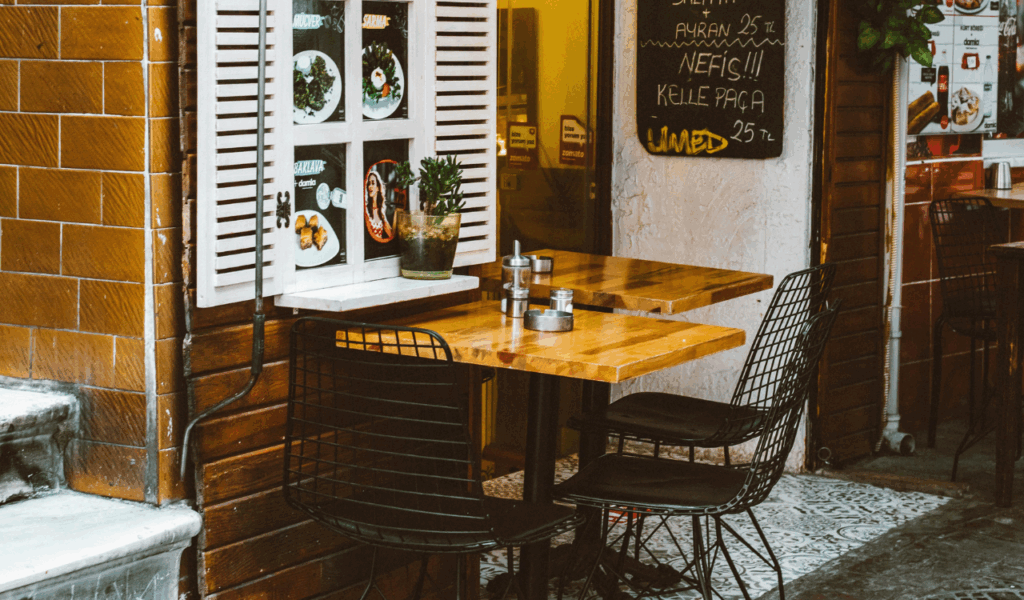
Real ethnic restaurants tend to focus on their strengths and specialise in a small number of dishes. You might only find five dishes that are exceptionally well-prepared, rather than a huge menu with over 100 options. In family-run businesses, where recipes are handed down and refined over generations, this is particularly true. The restaurant probably only needs to make one delicious noodle soup or stew to attract repeat business.
10. Observe Who’s Eating There
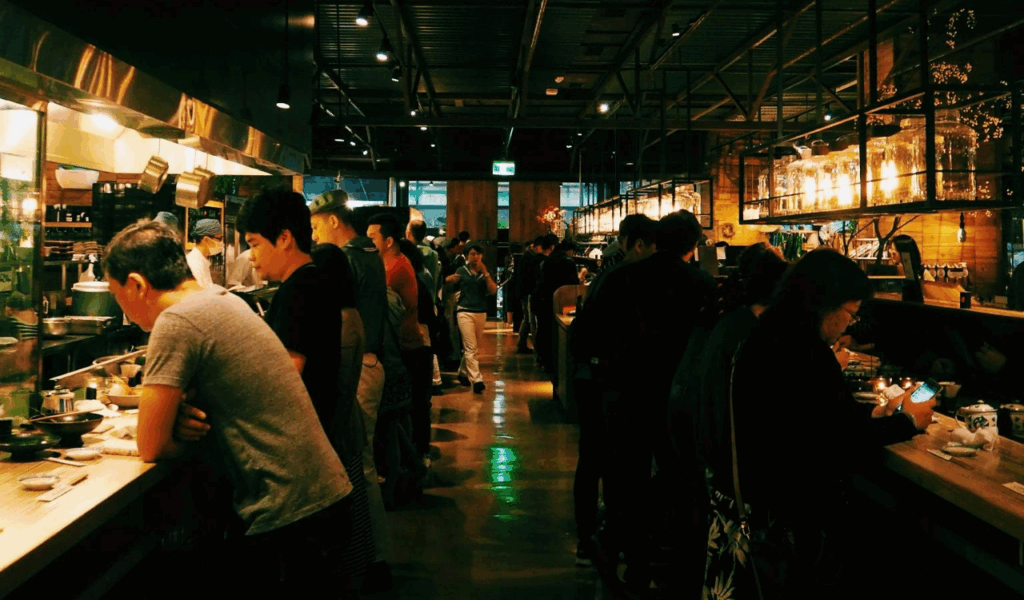
The clientele is among the most obvious indicators of authenticity. It’s likely that the food is authentic if a Somali cafe is crowded with Somali customers or a Thai restaurant is crowded with Thai families. Locals know where to find homely flavours. Look for signs of high trust and repeat business, such as the languages spoken, the dishes being ordered, and whether customers are ordering takeaway in bulk.
11. Be Open-Minded and Curious
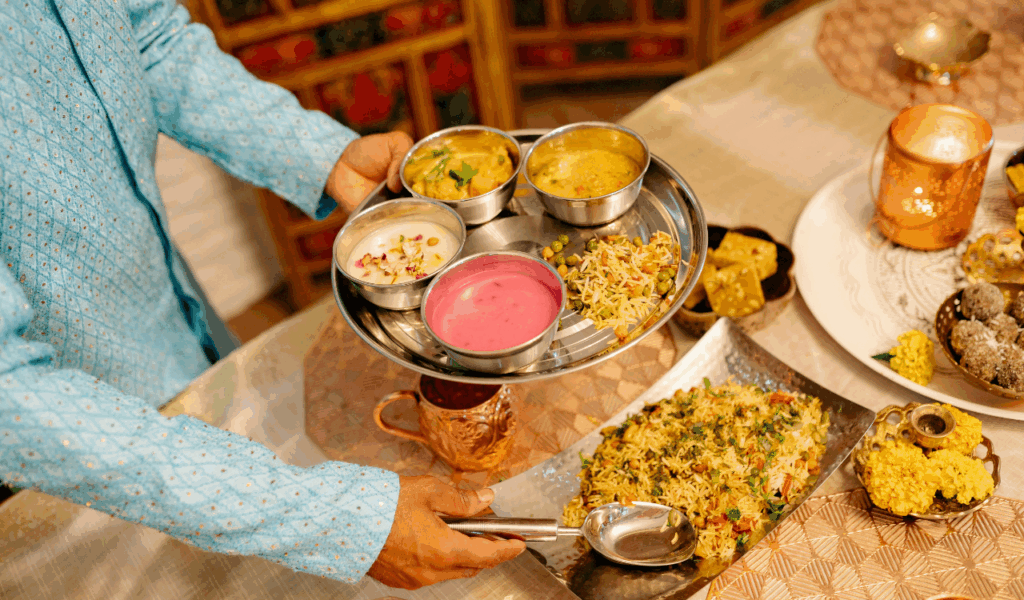
Part of the delight of authentic food experiences is that they can occasionally involve strange textures, potent flavours, or distinct dining styles. Be willing to try things that aren’t viewed through a Western perspective. If you are unsure of something, ask nicely. The majority of restaurant owners and employees are pleased to explain their cuisine and take pride in their culture. Your experience will be more fulfilling if you are more receptive..




